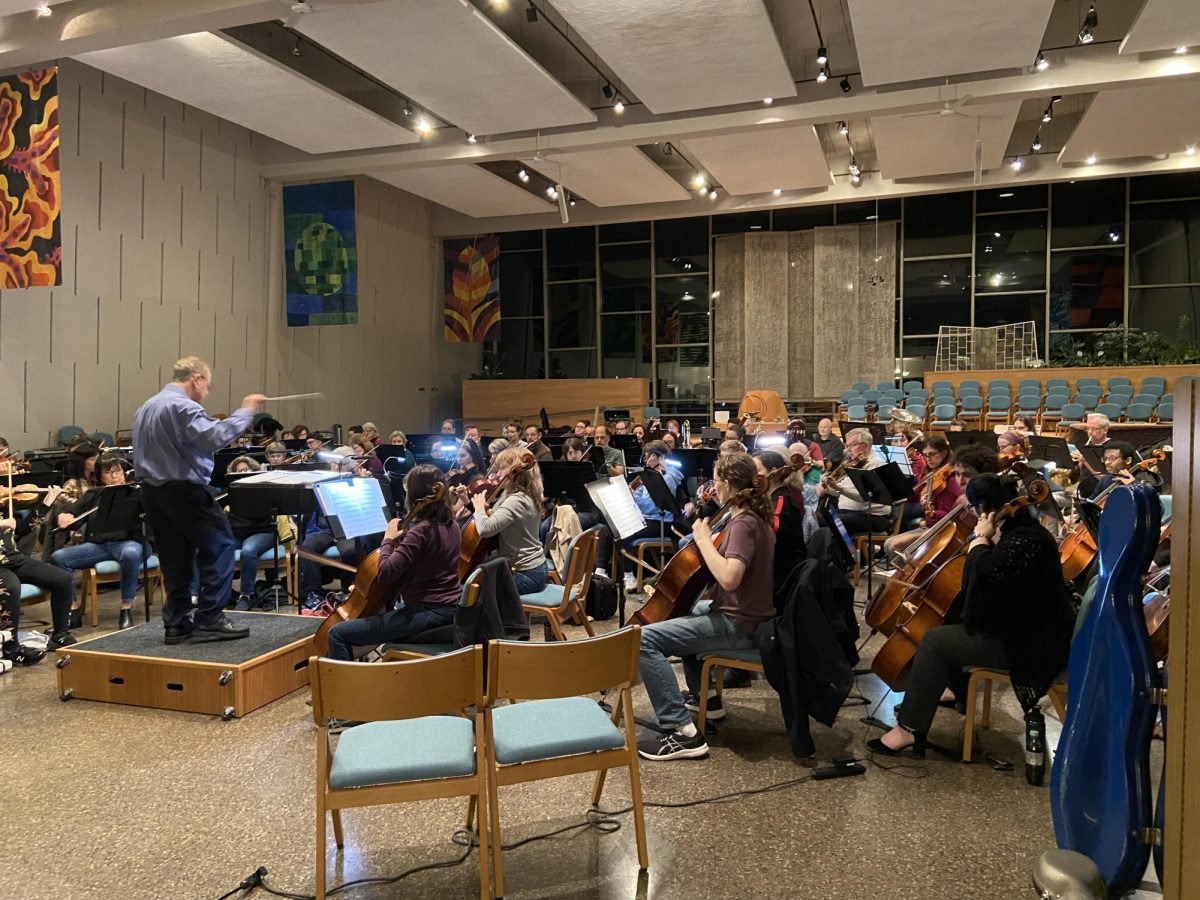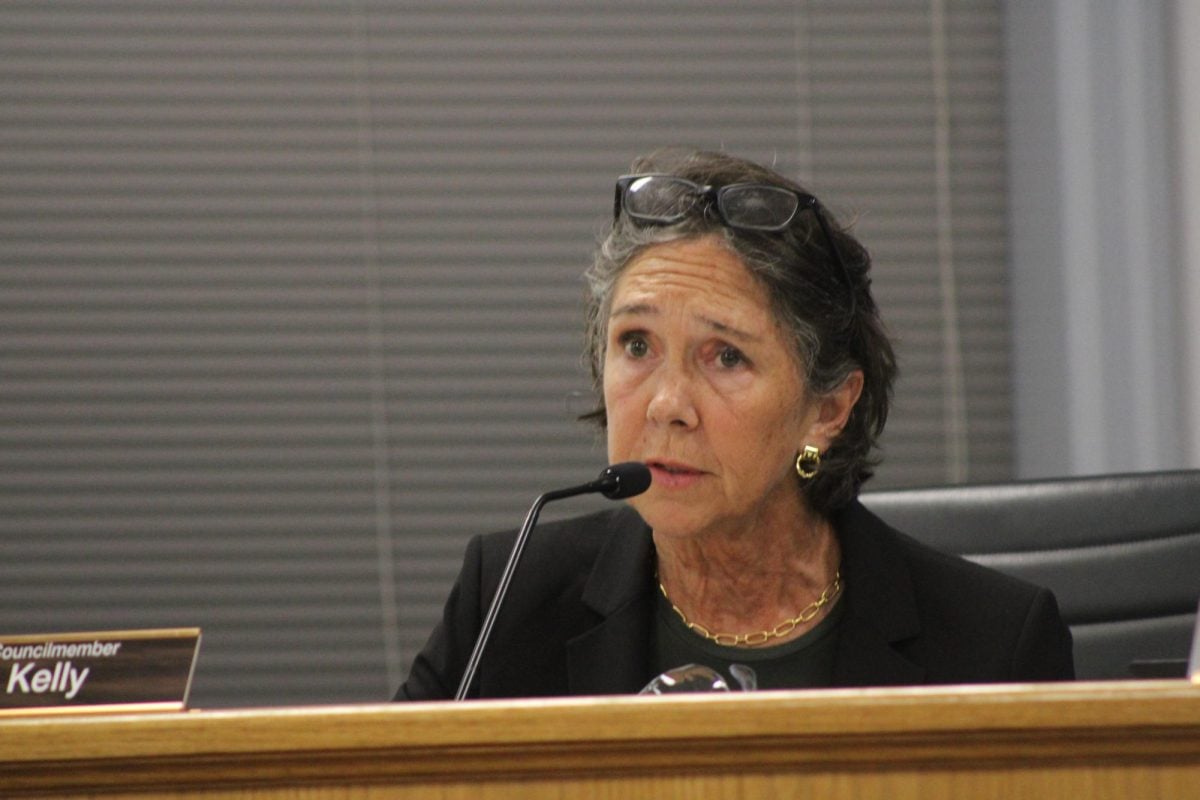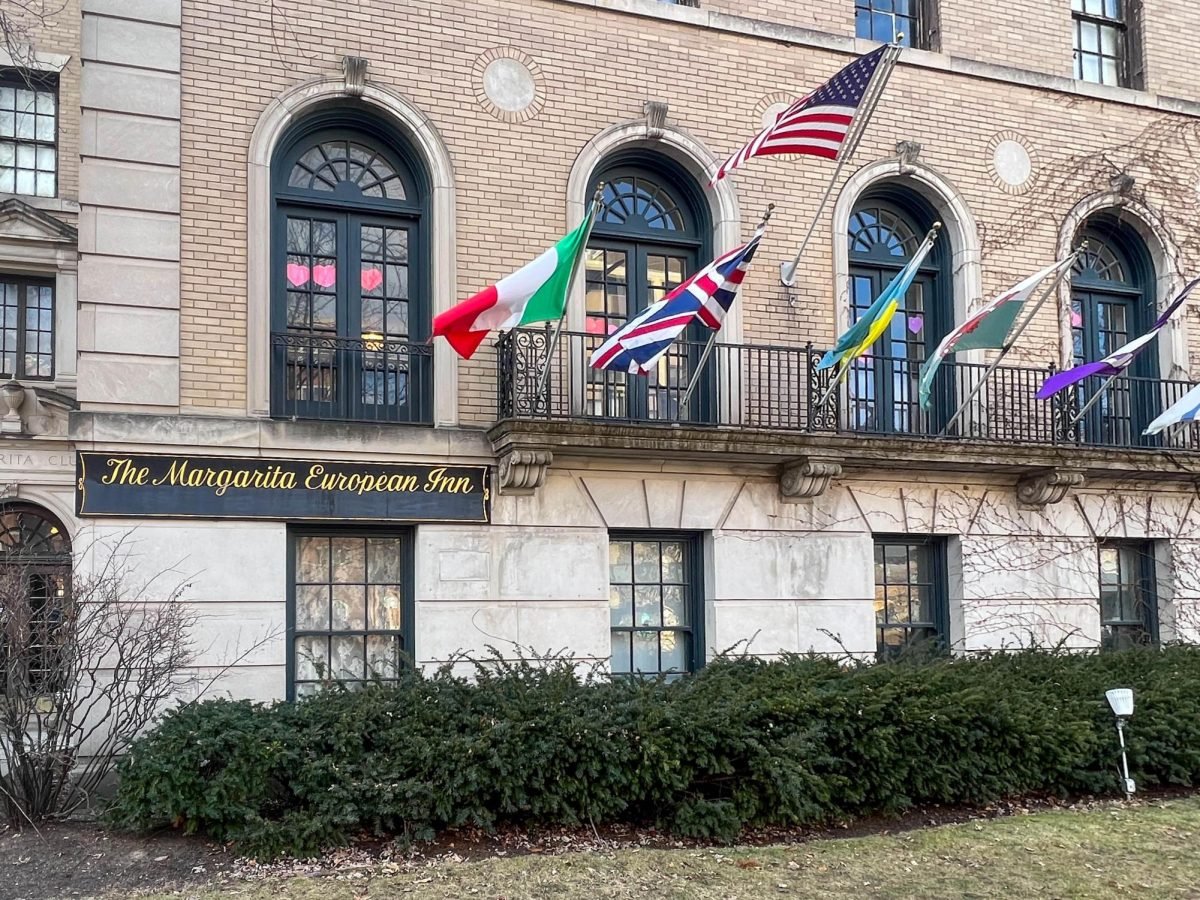Evanston seems to have escaped the worst of the flu outbreak, even as the epidemic hits hard in Cook County.
The number of reported flu cases in Evanston has remained steady, said Evonda Thomas, director of the Evanston Public Health Department. Though local hospitals have received an influx of patients, Thomas said she did not know of any problems caused by an overwhelming number of patients, which has been an issue for some Chicago medical centers.
“We haven’t had to turn people away,” she said.
As far as she knew, Thomas said the city has not experienced any vaccine shortages.
On the other hand, Chicago and Cook County are among the hardest-hit areas in Illinois as the number of reported cases continue to rise, said Sabrina Miller, a spokesperson for the Illinois Department of Public Health.
“The flu season has not peaked yet,” Miller said.
This flu season has been particularly rough in most areas of the country. The Centers for Disease Control and Prevention have classified the national outbreak as an epidemic for the past two weeks.
The Illinois Department of Public Health said in its latest flu-related news release the state’s flu season this year is more serious than it has been in past years. As of Friday, CDC data showed the flu was responsible for 476 intensive-care-unit hospitalizations and 50 deaths in the state, up from previous years.
“There is no doubt we are experiencing a severe flu season,” said Dr. LaMar Hasbrouck, director of the Illinois Department of Public Health, in the Jan. 11 news release. “However, we have seen severe flu seasons before, and we will continue to work to reduce the number of people who become ill.”
Thomas cited “extreme temperature changes” over the past few weeks as one reason for the severity of the flu outbreaks in the Cook County area.
But increased patient awareness could have also contributed to the increase in flu-related hospitalizations in recent years, Thomas said. After the 2009 swine flu outbreak, people are more likely to go to the doctor if they become sick, even if their conditions are not life-threatening, she said.
“We’re seeing more people enter the ERs and the hospital with influenza-like illness because our patient population has become more educated about the illness,” she said.
View a larger version of the graphic attached to this post here.



















